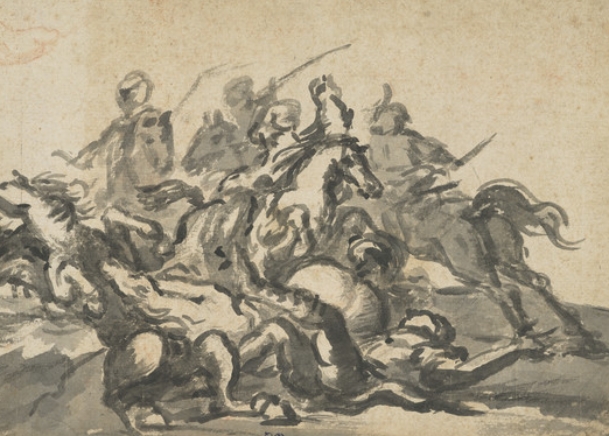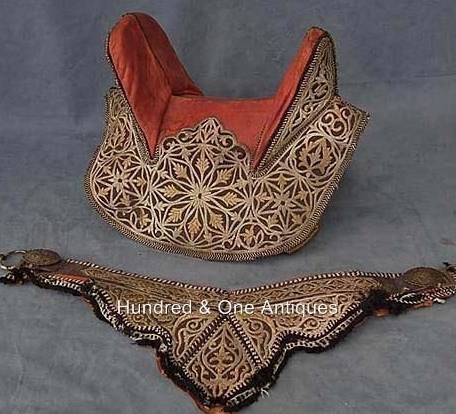From ancient times to the Middle Ages, equestrian warfare has played a crucial role in shaping the course of history. Let’s take a closer look at the history of riding into battle.
Ancient Warriors on Horseback
In ancient times, horseback riding was a sign of power and prestige. Warriors from civilizations such as the Greeks, Romans, and Persians utilized horses for warfare, giving them a significant advantage over infantry.
The Age of Chivalry
During the Middle Ages, the knight became the epitome of equestrian warfare. Clad in armor and mounted on powerful warhorses, knights were formidable opponents on the battlefield. The code of chivalry emphasized honor, courage, and loyalty, making knights revered figures in medieval society.
The Rise of Cavalry
As warfare evolved, the role of cavalry became even more important. Cavalry units consisting of heavily armored knights and skilled horsemen were instrumental in decisive battles throughout history, including the Battle of Agincourt and the Battle of Crecy.
The Decline of Equestrian Warfare
With the advent of firearms and modern warfare tactics, the era of equestrian warfare began to wane. Horses were no longer the dominant force on the battlefield, and cavalry units were gradually phased out in favor of mechanized infantry and armored vehicles.
Legacy of Equestrian Warfare
Despite its decline, the legacy of equestrian warfare lives on in our culture and history. The image of a knight on horseback charging into battle is ingrained in our collective memory, symbolizing courage, honor, and the spirit of chivalry.
In conclusion, equestrian warfare has played a significant role in shaping the course of history. From ancient warriors on horseback to the knights of the Middle Ages, the use of horses in battle has left a lasting impact on our understanding of warfare and society.



